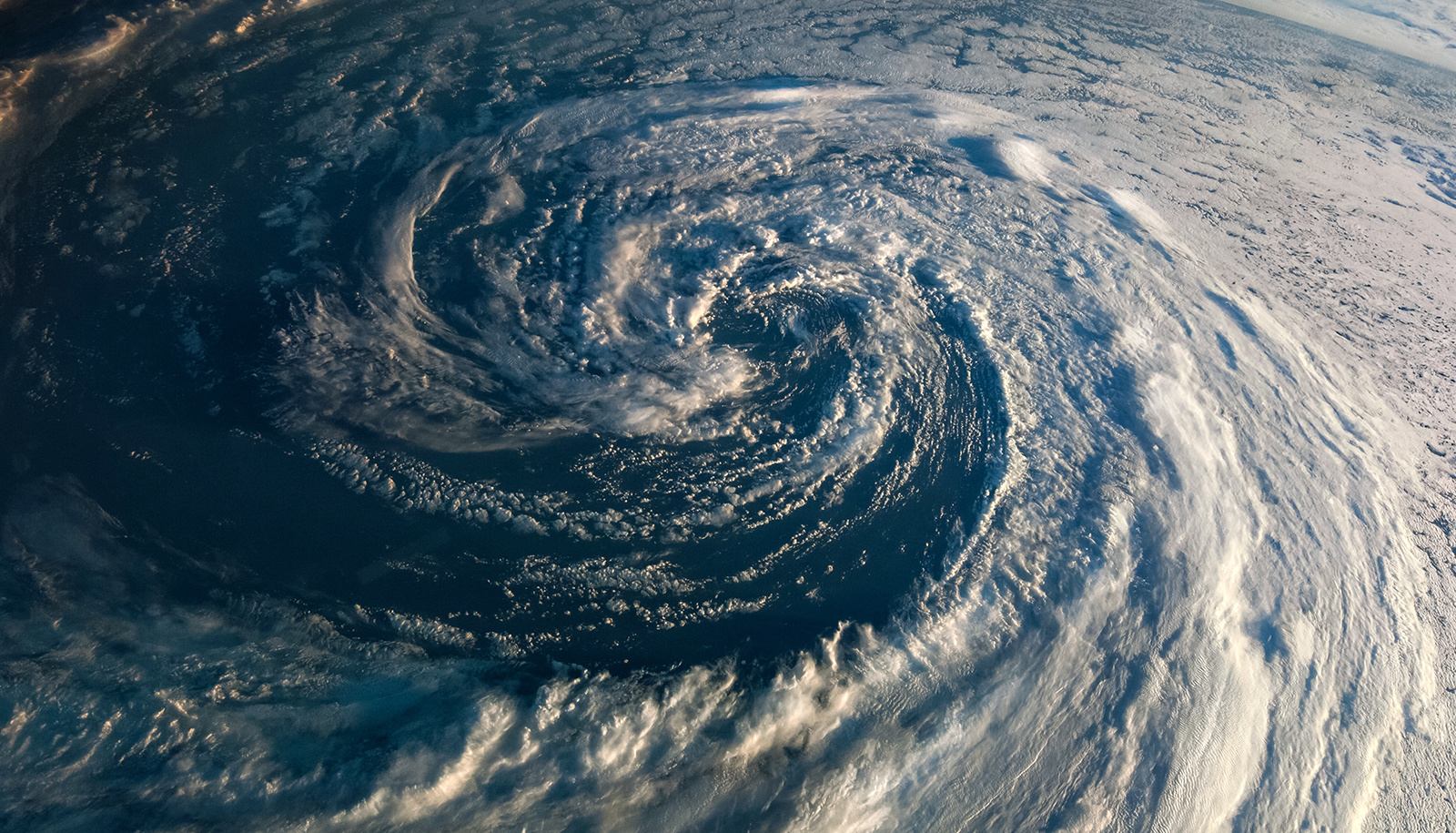As the impacts of climate change become more apparent, industries across the board are grappling with how to adapt – and the insurance sector is no exception. From intensifying hurricanes to prolonged droughts, the increase in frequency and severity of extreme weather events is challenging traditional risk models.
For policyholders, this raises critical questions: Are your current policies enough to protect your assets? And how can you manage escalating risks in a time defined by uncertainty?
Here, we’ll explore the intersection of climate change and insurance, offering strategies for safeguarding what matters most while staying ahead of evolving risks.
UNDERSTANDING THE CONNECTION: CLIMATE CHANGE & INSURANCE
Climate change isn’t just an environmental issue; it’s an economic one. As natural disasters increase, so do the costs of rebuilding homes, businesses, and communities.
For insurance companies, this means recalibrating risk assessments and pricing. For policyholders, it signals the need to reevaluate coverage and prepare for potential premium hikes. But understanding the risks is only half the battle; taking proactive steps is where true protection lies.
6 STRATEGIES TO MANAGE ESCALATING RISKS
1. Review Your Policies Regularly
With changing weather patterns, your insurance needs might shift, too. A policy you purchased years ago may no longer provide adequate coverage. Schedule an annual review with your insurance provider to ensure your home, business, or property is fully protected against emerging risks.
For example, if you live in an area prone to flooding, standard homeowners’ insurance won’t cover water damage caused by floods. Adding a separate flood insurance policy could save you thousands in out-of-pocket expenses after a storm.
2. Invest in Risk Mitigation
Many insurers offer premium discounts for policyholders who invest in risk mitigation measures. Installing storm shutters, reinforcing your roof, or elevating your home in flood-prone areas can make a big difference. Not only do these upgrades protect your property, but they also signal to insurers that you’re taking steps to reduce potential claims.
Businesses can adopt similar strategies by improving infrastructure resilience or implementing disaster recovery plans. The upfront cost of these measures is often far less than the financial hit of an uncovered loss.
3. Understand Regional Risks
Not all climate risks are created equal. While coastal areas may face hurricanes and rising sea levels, inland regions might deal with wildfires or droughts. Work with an insurance agent who understands the unique risks in your area.
For instance, wildfire risks in the Western U.S. have driven up property insurance premiums in those regions. Knowing what’s at stake allows you to adjust your coverage and budget accordingly.
4. Consider Business Interruption Insurance
For business owners, climate-related events don’t just damage property – they disrupt operations. Business interruption insurance can cover lost income if you’re forced to close temporarily due to a natural disaster.
This is particularly valuable for businesses in high-risk areas where rebuilding takes time. Pairing this with a robust disaster response plan can help ensure your business weathers the storm – literally and figuratively.
5. Explore Green Insurance Options
A growing number of insurance providers are offering “green” policies that reward environmentally friendly practices.
For example, some auto insurers provide discounts for electric vehicle owners, while home insurers may lower premiums for energy-efficient buildings. These options not only support sustainability but can also reduce costs over time.
6. Stay Informed About Policy Changes
As the insurance industry adapts to climate change, new policies and programs are emerging. For instance, parametric insurance – coverage that pays out based on predefined triggers like hurricane wind speeds or earthquake magnitudes – is gaining popularity. By staying informed, you can take advantage of innovative solutions tailored to today’s risks.
WHY PARTNERING WITH THE RIGHT INSURANCE PROVIDER MATTERS
Navigating the complexities of climate change and insurance isn’t something you should do alone. A knowledgeable insurance provider can help you identify gaps in your coverage and recommend strategies to mitigate risks.
At SimplyIOA, we understand the challenges policyholders face in a changing world. Our team of experts is here to guide you through the process, ensuring you have the protection you need – without unnecessary complications. Whether it’s finding the right flood insurance or exploring innovative coverage options, we’re committed to helping you make informed decisions.
Climate change presents significant challenges, but with the right strategies and coverage, you can reduce your vulnerability and protect what matters most. The key is to stay proactive: review your policies, invest in mitigation, and partner with an insurance provider that prioritizes your peace of mind.
While the road ahead may be uncertain, taking steps now ensures you’re better prepared for whatever the future holds. When it comes to managing escalating risks, a little preparation goes a long way.
If you need help finding the best insurance coverage for the best price, speak to a SimplyIOA agent at 833.872.4467 or get a quote online now.










